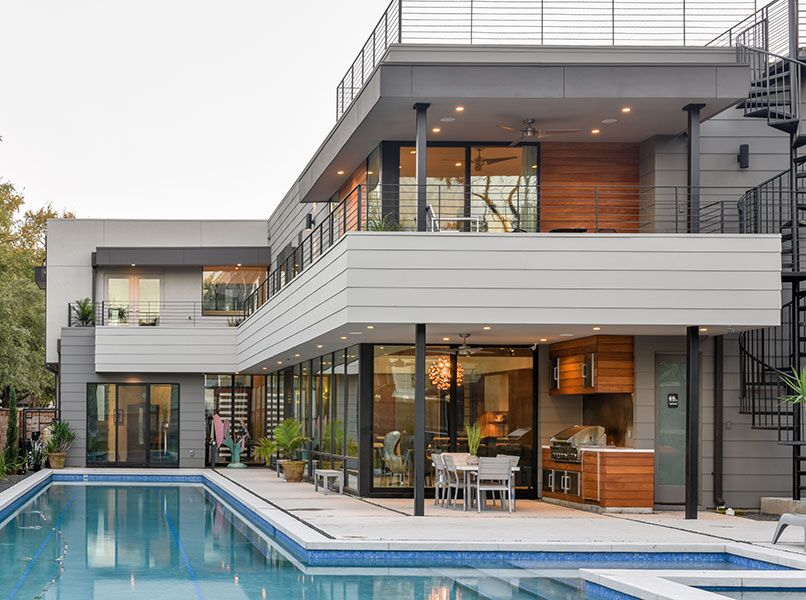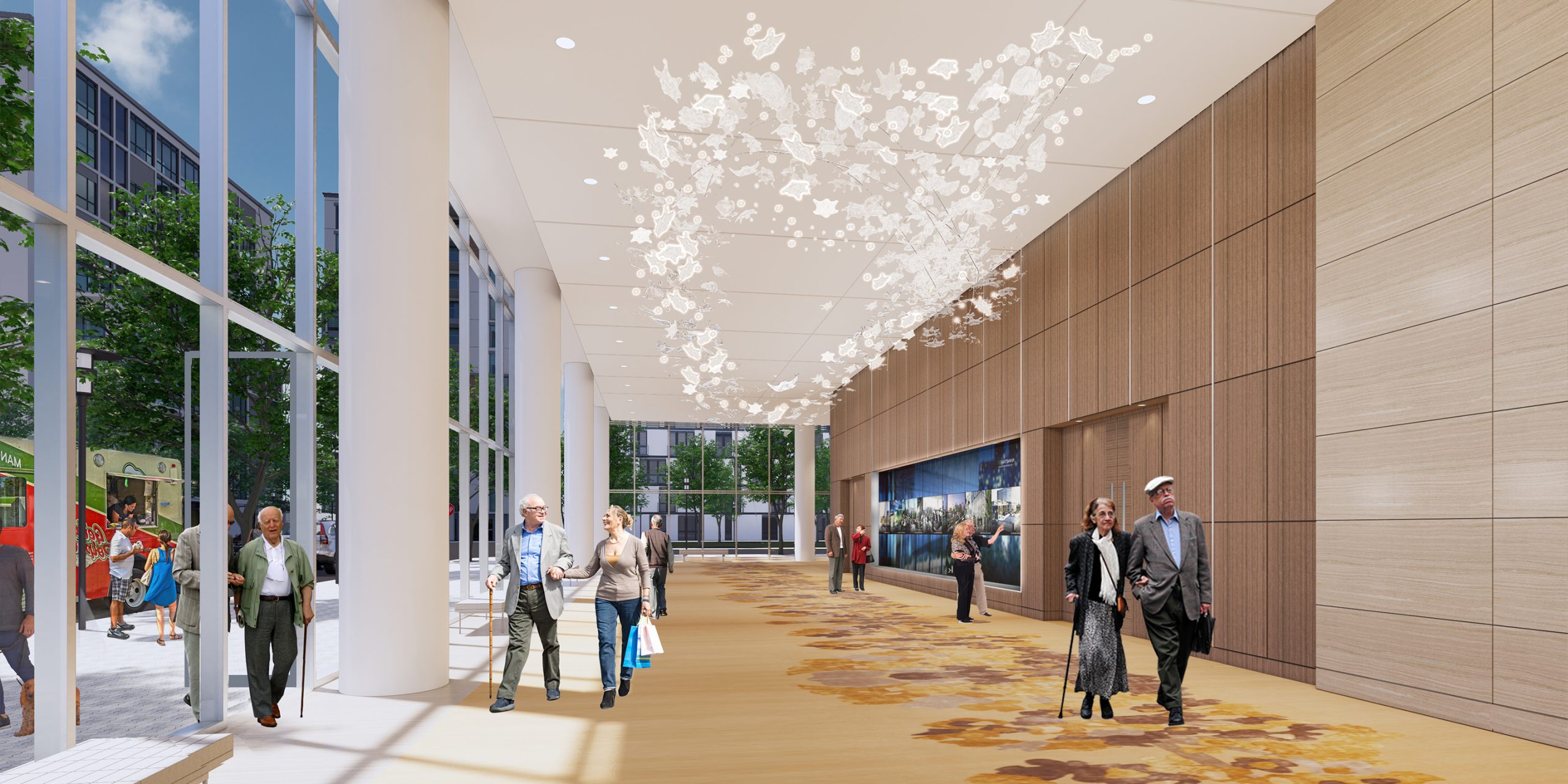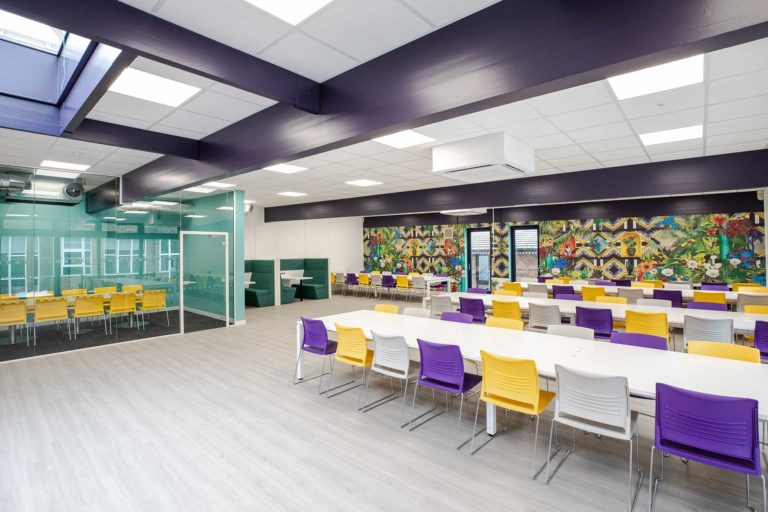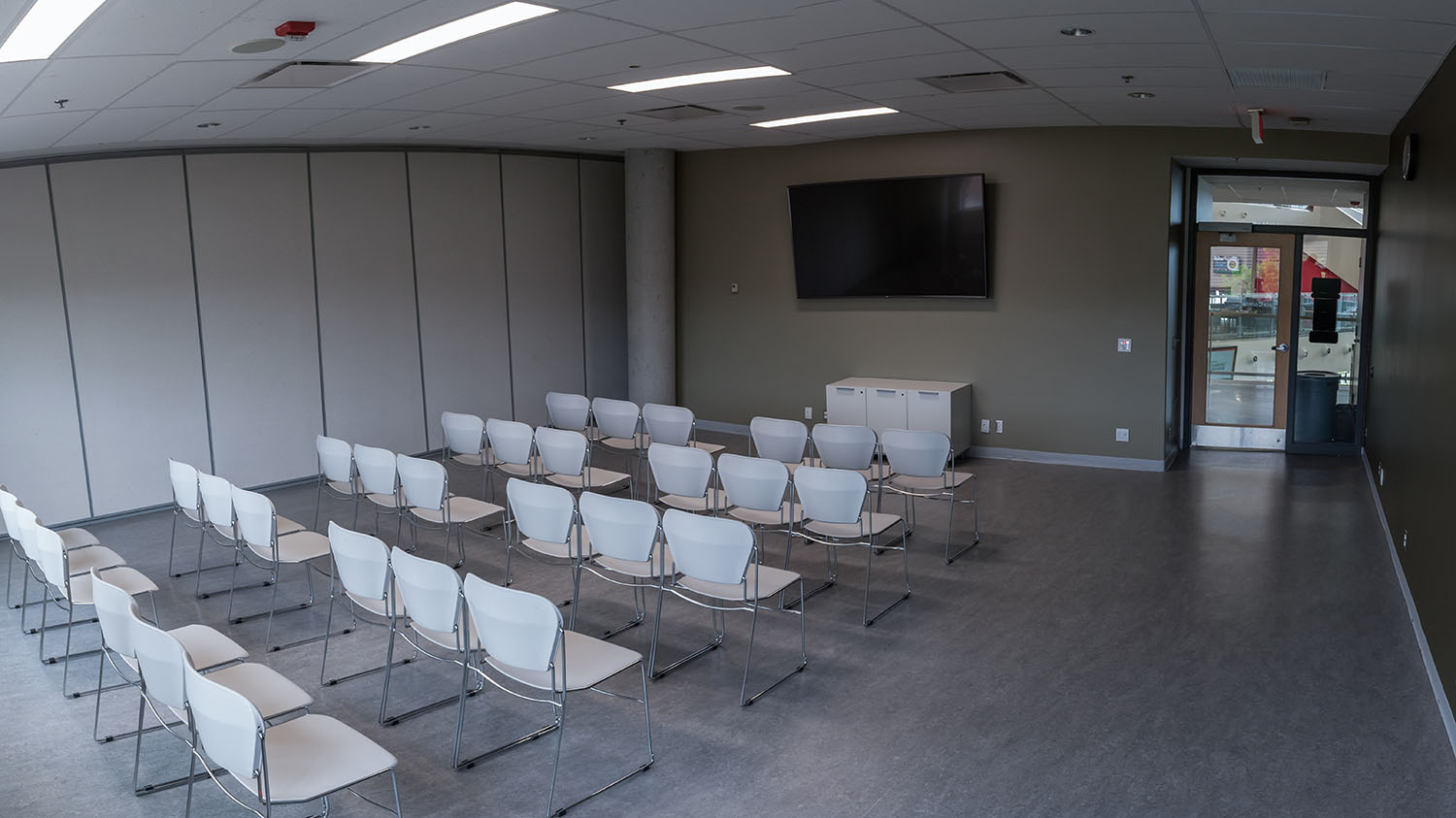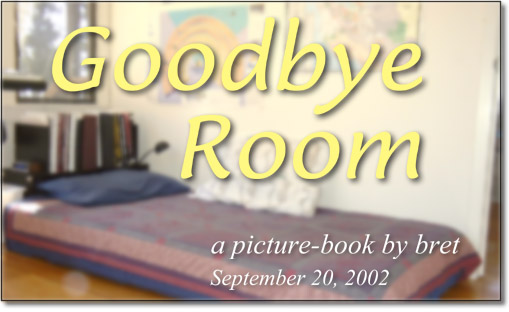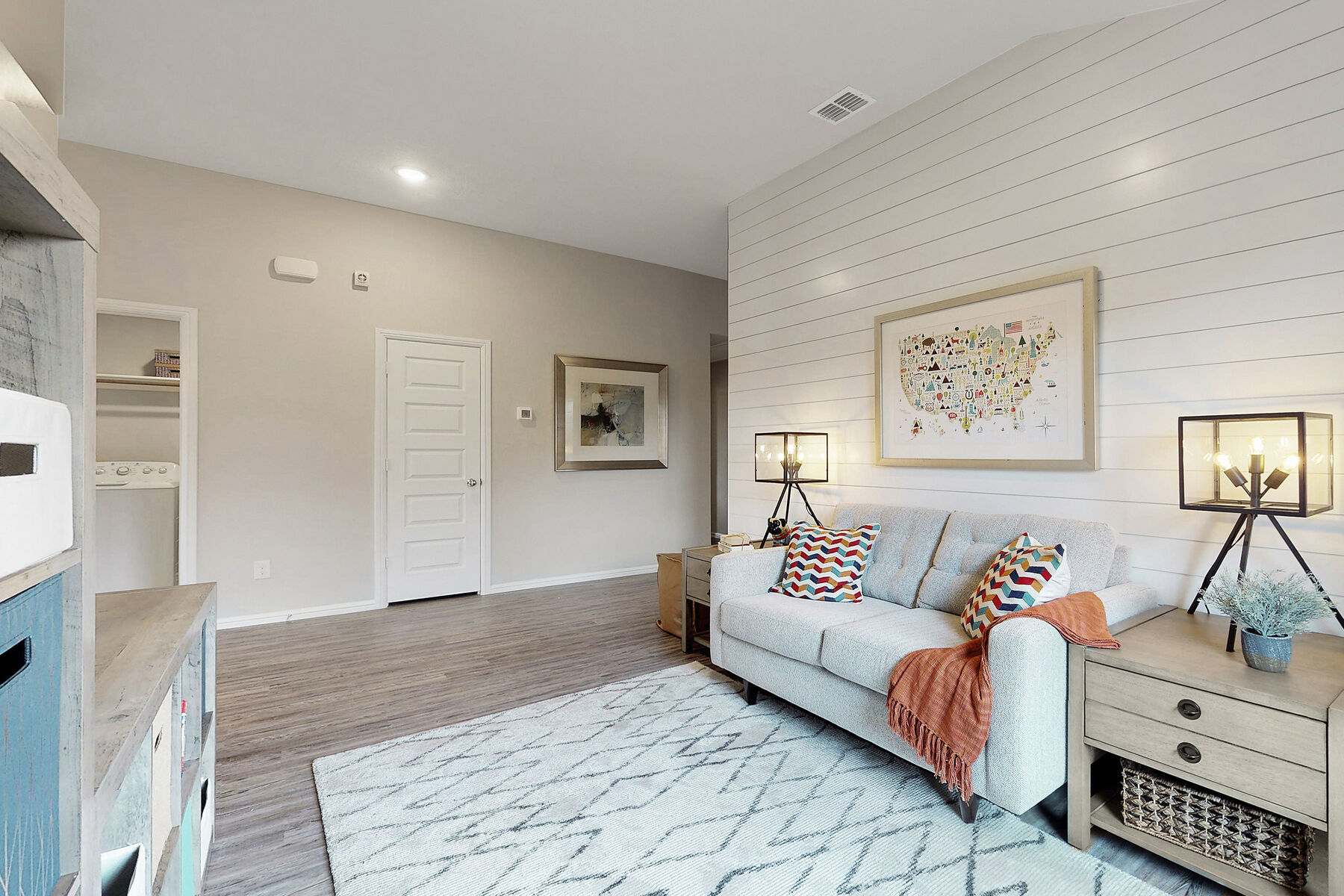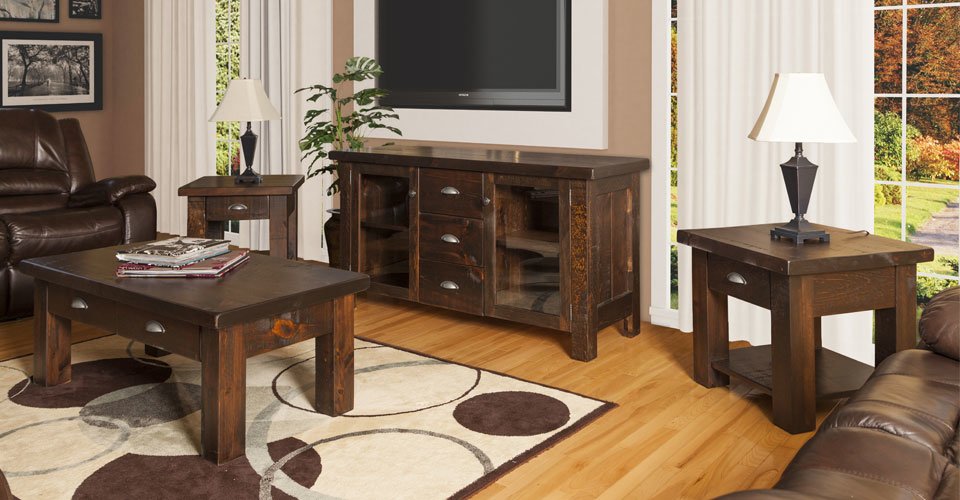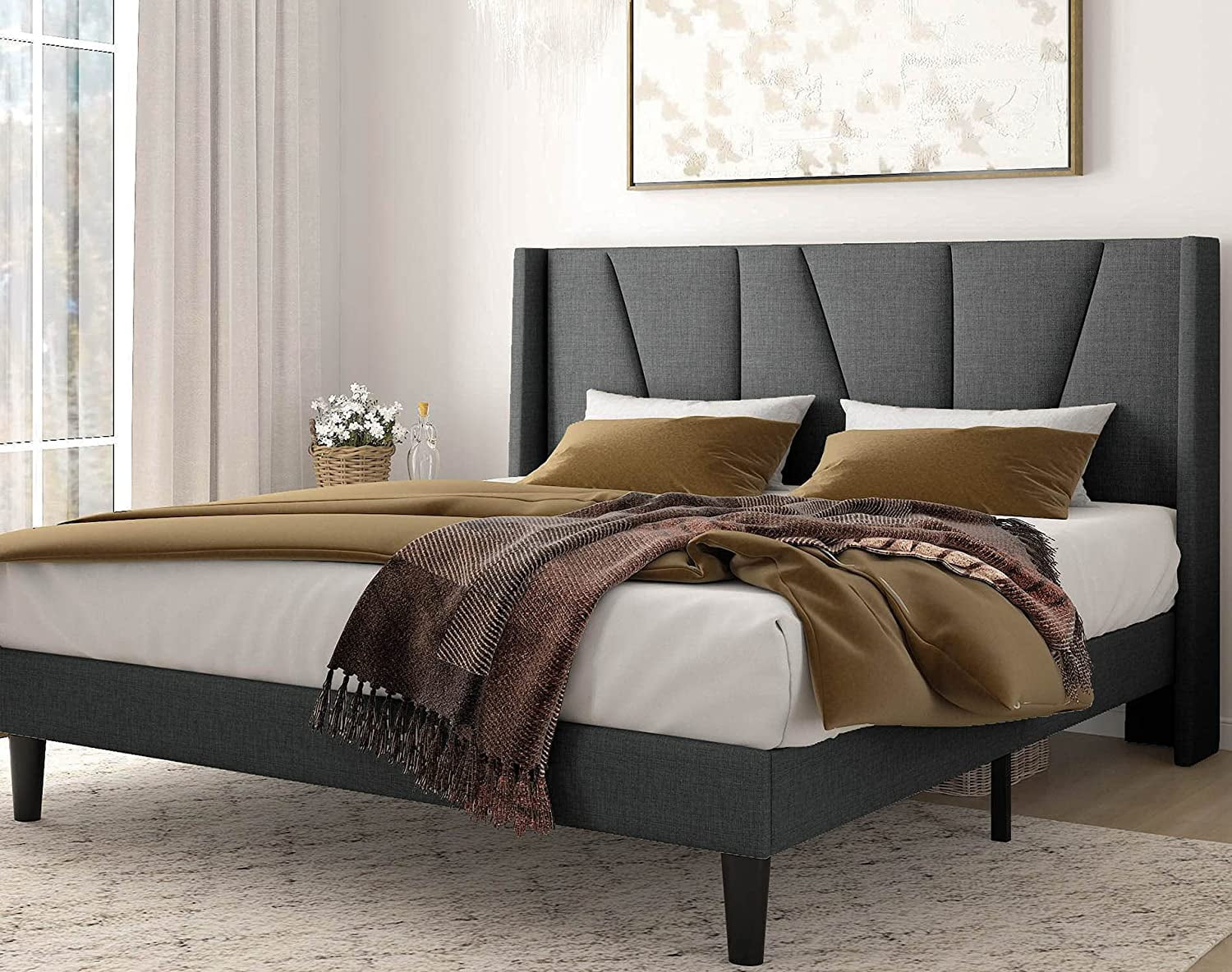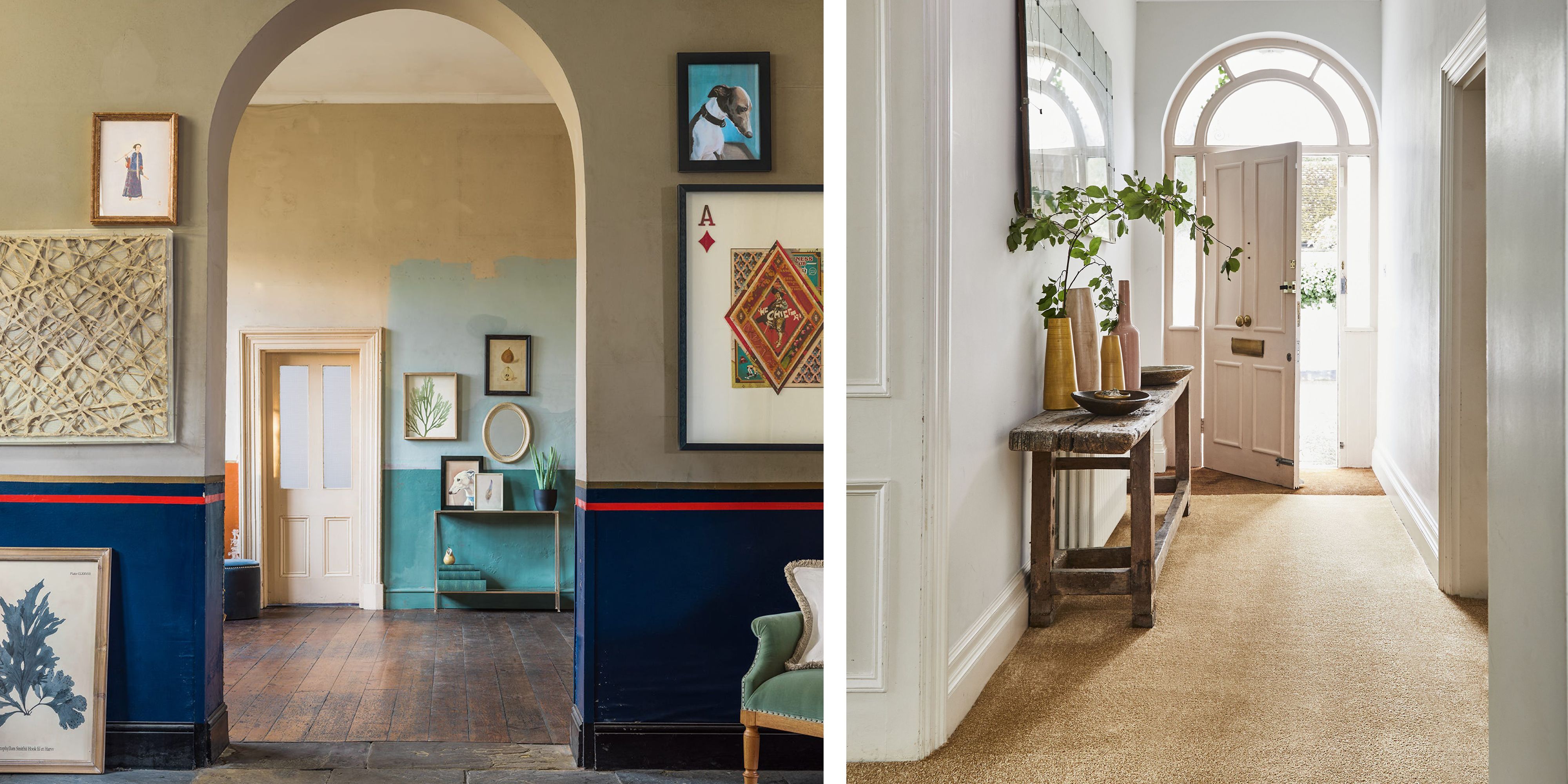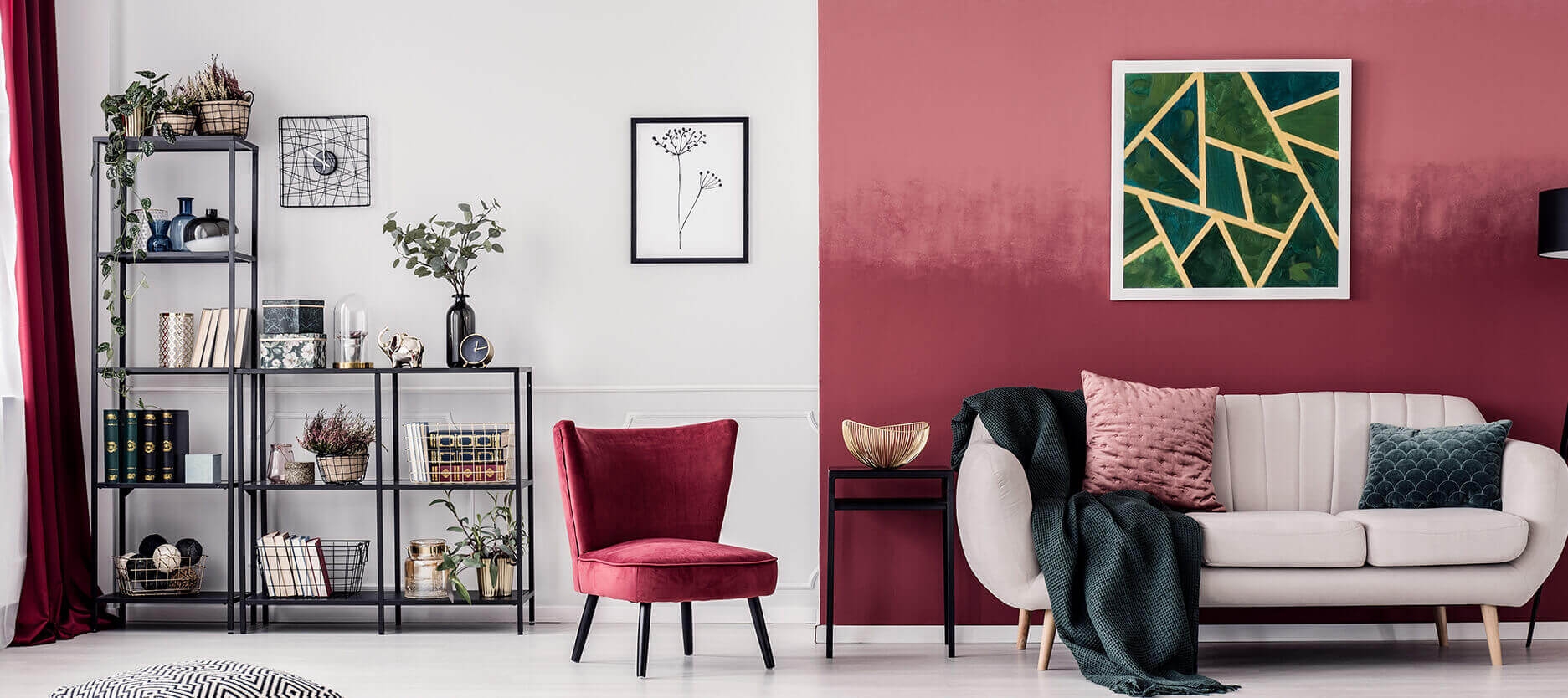Traditional living rooms used to be the heart of the home, a place where families gathered to relax, watch TV, and entertain guests. But in recent years, this once beloved space has been losing its popularity and undergoing a major transformation. The rise of open concept floor plans, technology, and changing lifestyles has led to the decline of the traditional living room. Let's explore the reasons behind this shift and the future of living room design. Living Room Redesign: The Death of Traditional Living Rooms
The living room as we know it today originated in the Victorian era, when formal sitting rooms were created for socializing and entertaining. Over the years, this space evolved into a more casual and comfortable area where families gathered to spend quality time together. But with the advent of technology and changing design trends, the living room has slowly been losing its purpose and identity. The Evolution of the Living Room: From Birth to Death
In today's digital age, technology has become an integral part of our lives and has greatly influenced the way we use our living rooms. With the rise of streaming services, many people no longer need a designated TV room and can watch their favorite shows and movies on their laptops or smartphones. This has led to a decrease in the need for a traditional living room setup with a TV as the focal point. Additionally, the popularity of home automation and smart home technology has made it possible to control various functions of the living room, such as lighting, temperature, and entertainment, with just a few taps on a smartphone or voice commands. As a result, the living room has become less of a gathering space and more of a space for individual activities. The Decline of the Living Room: How Technology is Changing the Way We Use Our Space
Another major factor contributing to the death of the traditional living room is the rise of open concept floor plans. This design trend, which involves removing walls and barriers between rooms to create a more fluid and spacious layout, has gained immense popularity in recent years. Open concept living spaces blur the lines between the living room, kitchen, and dining area, making it easier for families to socialize and spend time together while engaging in different activities. With the living room losing its designated space, it has become more of a versatile and multi-functional area rather than a separate room. The Death of the Living Room: Why Open Concept Floor Plans are Taking Over
Millennials, who now make up the largest segment of homebuyers, have different priorities and lifestyles compared to previous generations. They value experiences over possessions and are more likely to prioritize functionality over traditional design elements. As a result, many are opting for smaller homes with open concept layouts and multi-purpose spaces instead of a separate living room. Moreover, millennials are also more environmentally conscious and tend to lean towards minimalist and sustainable design. This has led to a shift towards decluttered and simplified living spaces, which often means getting rid of unnecessary furniture and accessories, including traditional living room pieces. The Living Room is Dead, Long Live the Living Room: How Millennials are Redefining the Space
Minimalism and decluttering have become major trends in home design, and the living room has not been spared. With the desire for a more streamlined and clutter-free space, many homeowners are opting for a more minimalist approach to their living room design. Gone are the days of bulky sofas and oversized coffee tables. Instead, the focus is on clean lines, neutral colors, and functional furniture that can easily adapt to different tasks and activities. This shift towards minimalism has also led to the rise of multi-purpose furniture, such as storage ottomans and convertible sofas, which can serve as both seating and storage solutions. The Death of the Living Room: How Minimalism and Decluttering are Changing Home Design
The living room may be losing its traditional purpose, but it is finding new life as a home entertainment hub. With the rise of virtual reality technology, homeowners can now transform their living rooms into immersive and interactive entertainment spaces. Virtual reality headsets allow users to experience games, movies, and even concerts in a whole new way, making the living room the ultimate entertainment destination. This trend is expected to continue, with virtual reality technology becoming more accessible and affordable in the coming years. The Living Room's Last Breath: How Virtual Reality is Transforming Home Entertainment
As mentioned earlier, multi-purpose spaces are becoming increasingly popular in modern homes. With the decline of the traditional living room, many homeowners are opting for a more versatile and adaptable space that can serve multiple functions. One example of this is the rise of the flex room, a space that can be used as a home office, gym, playroom, or guest room depending on the needs of the homeowners. This allows for more flexibility and practicality in home design, catering to the changing lifestyles and needs of modern families. The Death of the Living Room: The Rise of Multi-Purpose Spaces
With the rise of remote work and online learning, the need for a designated home office or study space has become more important than ever. This has led to the emergence of the flex room, which can easily be converted into a functional workspace without taking up too much space. Furthermore, as more people are embracing a healthier and more active lifestyle, the demand for home gyms and fitness areas has also increased. This has resulted in many homeowners incorporating exercise equipment and designated workout spaces into their living rooms or flex rooms. Goodbye Living Room, Hello Flex Room: How Homes are Adapting to Changing Lifestyles
As technology continues to advance, the living room is constantly evolving and adapting to meet the changing needs and desires of homeowners. Smart home technology, in particular, is transforming the way we interact with our living rooms. From voice-activated assistants to smart lighting and entertainment systems, these innovative technologies are making our living rooms more convenient, comfortable, and efficient. With the ability to control almost every aspect of the living room with a smartphone or voice command, it's no wonder that smart homes are becoming increasingly popular. The Living Room's Final Frontier: How Smart Home Technology is Revolutionizing the Space
The Evolution of House Design: The Death of the Living Room

The Traditional Living Room
 For decades, the living room has been a staple in house design. It was a place for families to gather, relax, and entertain guests. The focal point of the living room was often a large, comfortable couch, facing a television or fireplace. But as society and technology have evolved, so have our homes and the way we live in them.
For decades, the living room has been a staple in house design. It was a place for families to gather, relax, and entertain guests. The focal point of the living room was often a large, comfortable couch, facing a television or fireplace. But as society and technology have evolved, so have our homes and the way we live in them.
Changing Lifestyles
 One of the biggest factors contributing to the death of the living room is the changing lifestyles of modern families. With the rise of dual-income households and the increase in remote work, the traditional living room no longer serves its purpose. Many families now prefer an open floor plan, where the kitchen, dining, and living areas flow seamlessly together, allowing for easier interaction and multitasking. The living room, once the heart of the home, has been replaced by the kitchen as the new gathering spot.
One of the biggest factors contributing to the death of the living room is the changing lifestyles of modern families. With the rise of dual-income households and the increase in remote work, the traditional living room no longer serves its purpose. Many families now prefer an open floor plan, where the kitchen, dining, and living areas flow seamlessly together, allowing for easier interaction and multitasking. The living room, once the heart of the home, has been replaced by the kitchen as the new gathering spot.
The Rise of Multi-Purpose Rooms
 Another reason for the decline of the living room is the trend towards multi-purpose rooms. With limited space and a desire for functionality, homeowners are now opting for rooms that can serve more than one purpose. The once formal living room has been transformed into a home office, playroom, or gym. This allows for more efficient use of space and eliminates the need for a separate, rarely used living room.
Another reason for the decline of the living room is the trend towards multi-purpose rooms. With limited space and a desire for functionality, homeowners are now opting for rooms that can serve more than one purpose. The once formal living room has been transformed into a home office, playroom, or gym. This allows for more efficient use of space and eliminates the need for a separate, rarely used living room.
Technology and Entertainment
 The rise of technology and streaming services has also played a significant role in the death of the living room. With the convenience of smartphones, laptops, and tablets, families no longer need to gather in one room to watch TV. Instead, they can enjoy their favorite shows and movies from the comfort of their own bedrooms or even outside. The living room, once the designated entertainment space, has lost its purpose.
The rise of technology and streaming services has also played a significant role in the death of the living room. With the convenience of smartphones, laptops, and tablets, families no longer need to gather in one room to watch TV. Instead, they can enjoy their favorite shows and movies from the comfort of their own bedrooms or even outside. The living room, once the designated entertainment space, has lost its purpose.
The Future of House Design
 As we bid farewell to the traditional living room, what does the future hold for house design? Many experts predict that the living room will be replaced by more functional spaces, such as a mudroom or home gym. However, some believe that the living room will make a comeback in the form of a cozy, intimate space for relaxation and conversation. Only time will tell, but one thing is for sure, the death of the living room marks a significant shift in the way we design and use our homes.
In conclusion,
the death of the living room is a reflection of our changing lifestyles and the evolving needs of modern families. As we continue to embrace new technologies and adapt to new ways of living, our homes will also continue to evolve. The living room may be gone, but it will always hold a special place in our hearts and memories.
As we bid farewell to the traditional living room, what does the future hold for house design? Many experts predict that the living room will be replaced by more functional spaces, such as a mudroom or home gym. However, some believe that the living room will make a comeback in the form of a cozy, intimate space for relaxation and conversation. Only time will tell, but one thing is for sure, the death of the living room marks a significant shift in the way we design and use our homes.
In conclusion,
the death of the living room is a reflection of our changing lifestyles and the evolving needs of modern families. As we continue to embrace new technologies and adapt to new ways of living, our homes will also continue to evolve. The living room may be gone, but it will always hold a special place in our hearts and memories.
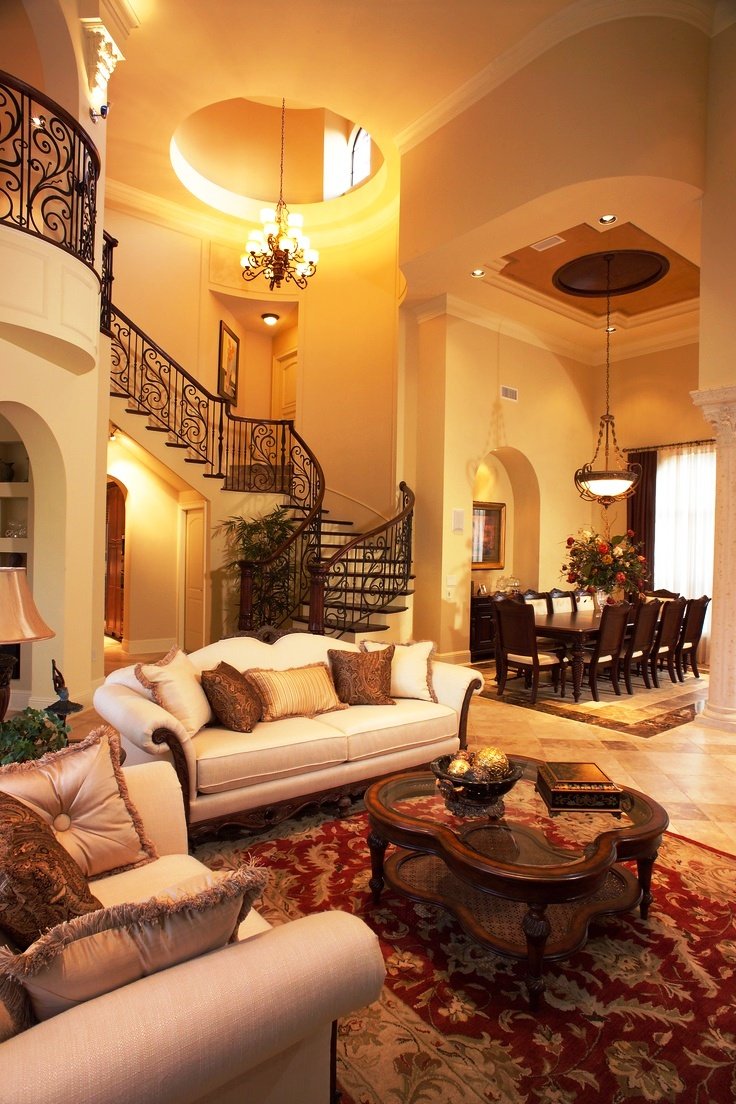



:max_bytes(150000):strip_icc()/Living-room-with-traditional-details-58c0ad323df78c353c16f913.png)
:max_bytes(150000):strip_icc()/Traditional-living-room-with-gilt-mirror-58bc74e83df78c353c0df95a.png)
:max_bytes(150000):strip_icc()/traditional-living-room-ideas-4132456-hero-73339a0322df40668cb885b1624329bb.jpg)
:max_bytes(150000):strip_icc()/Traditional-cozy-living-room-58c43e3b3df78c353ca08d4f.png)
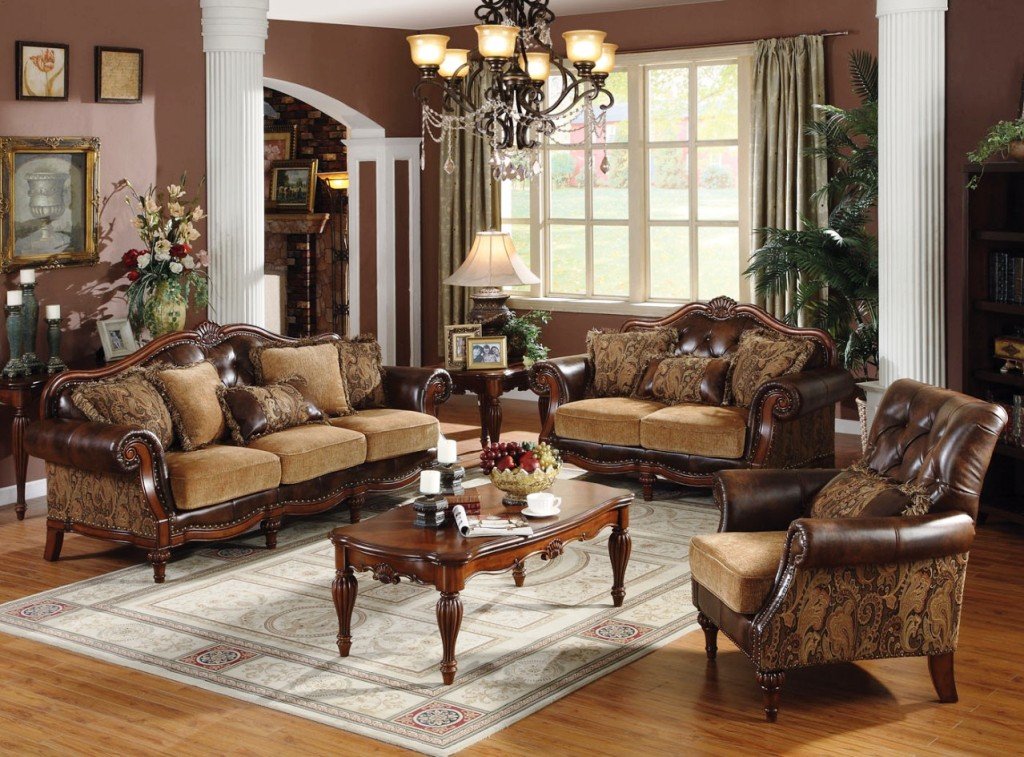
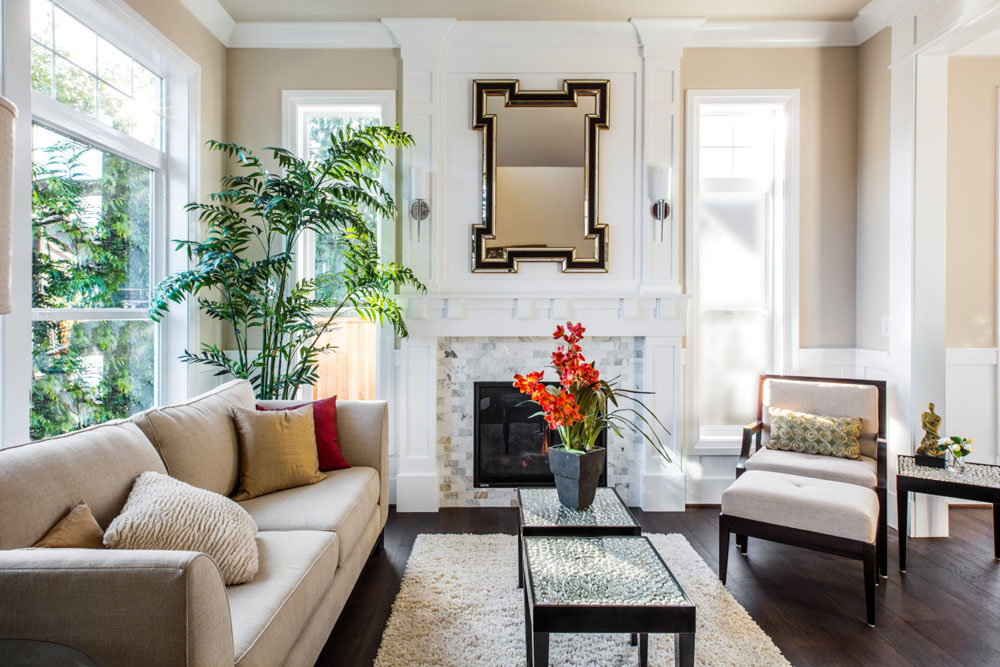











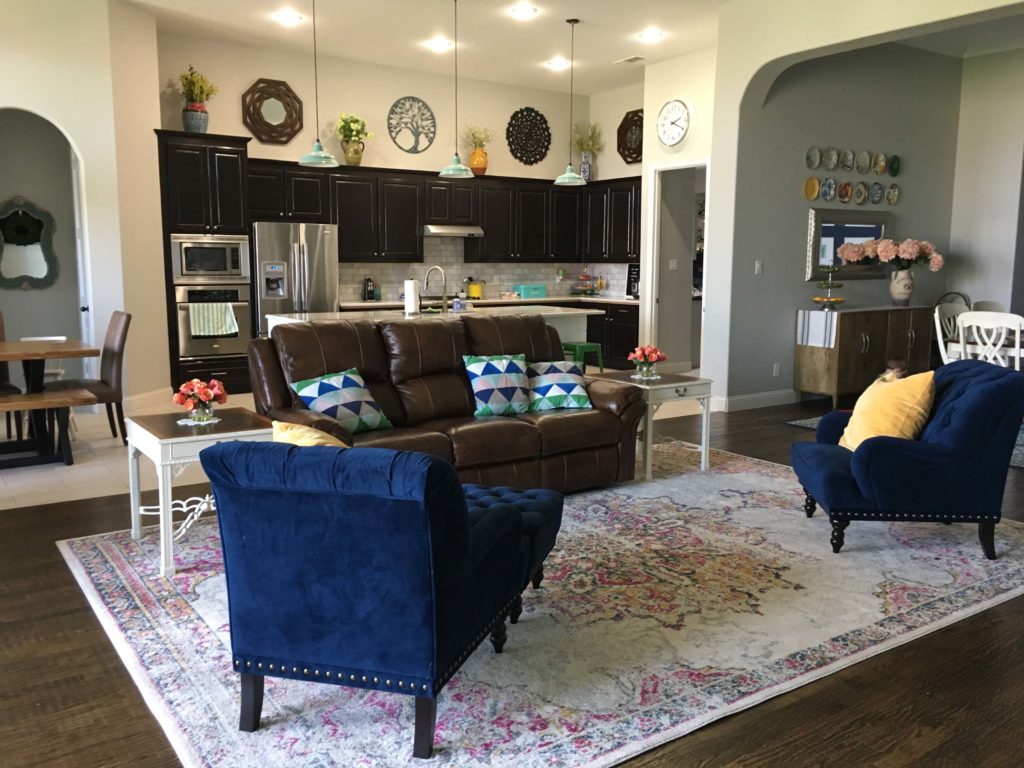










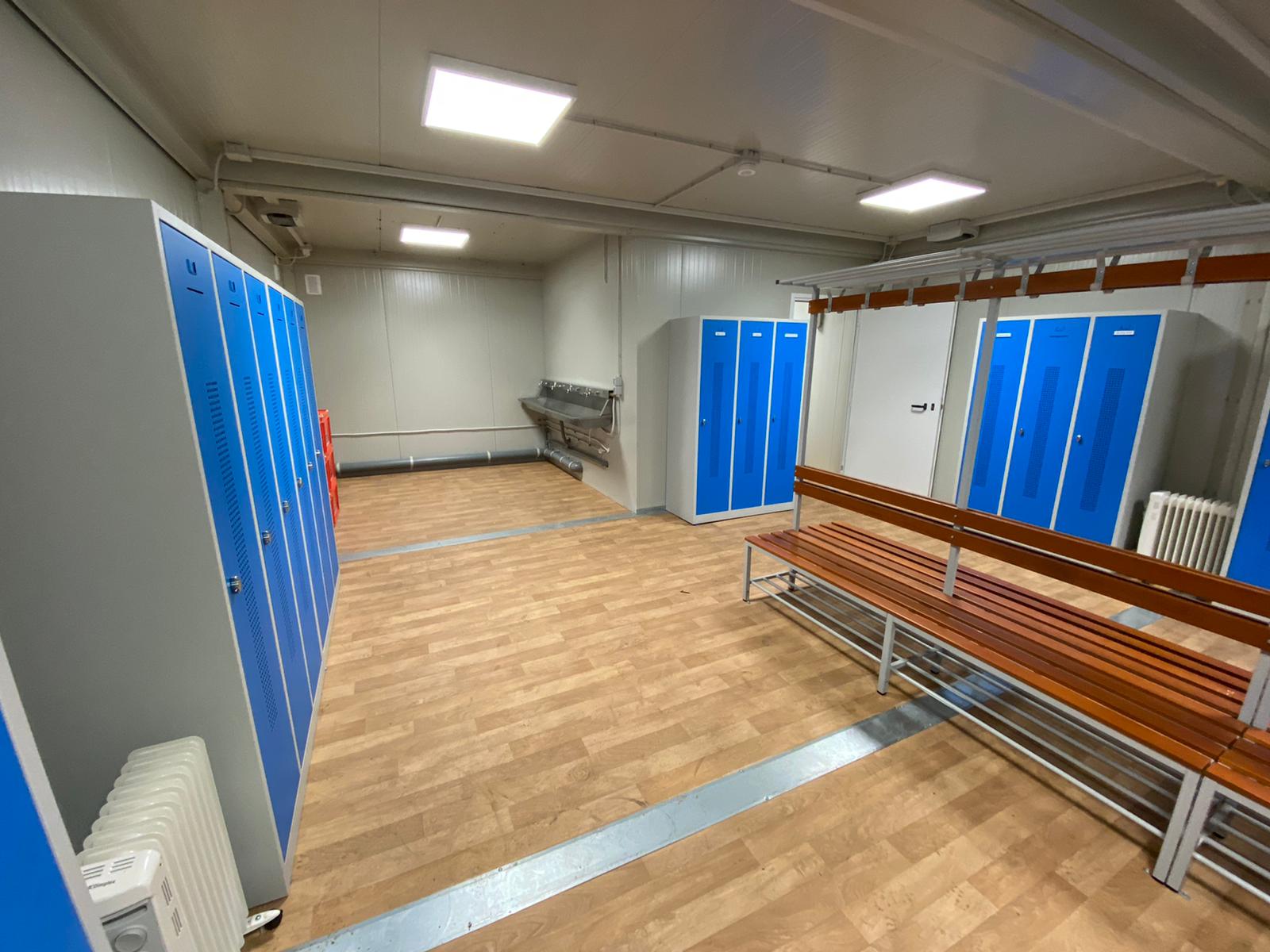











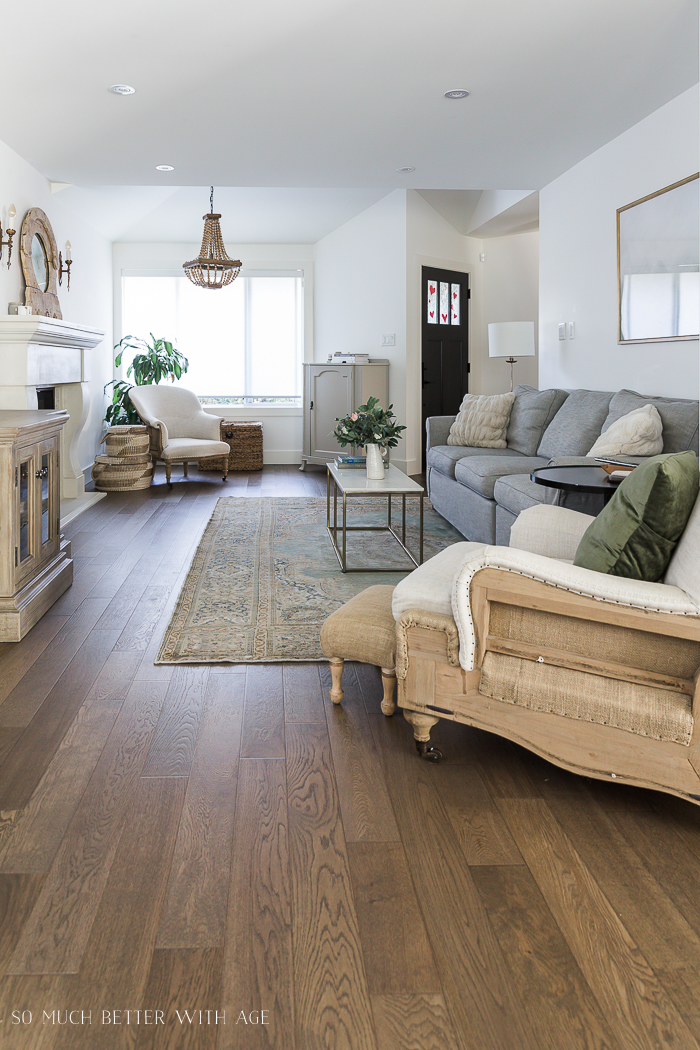




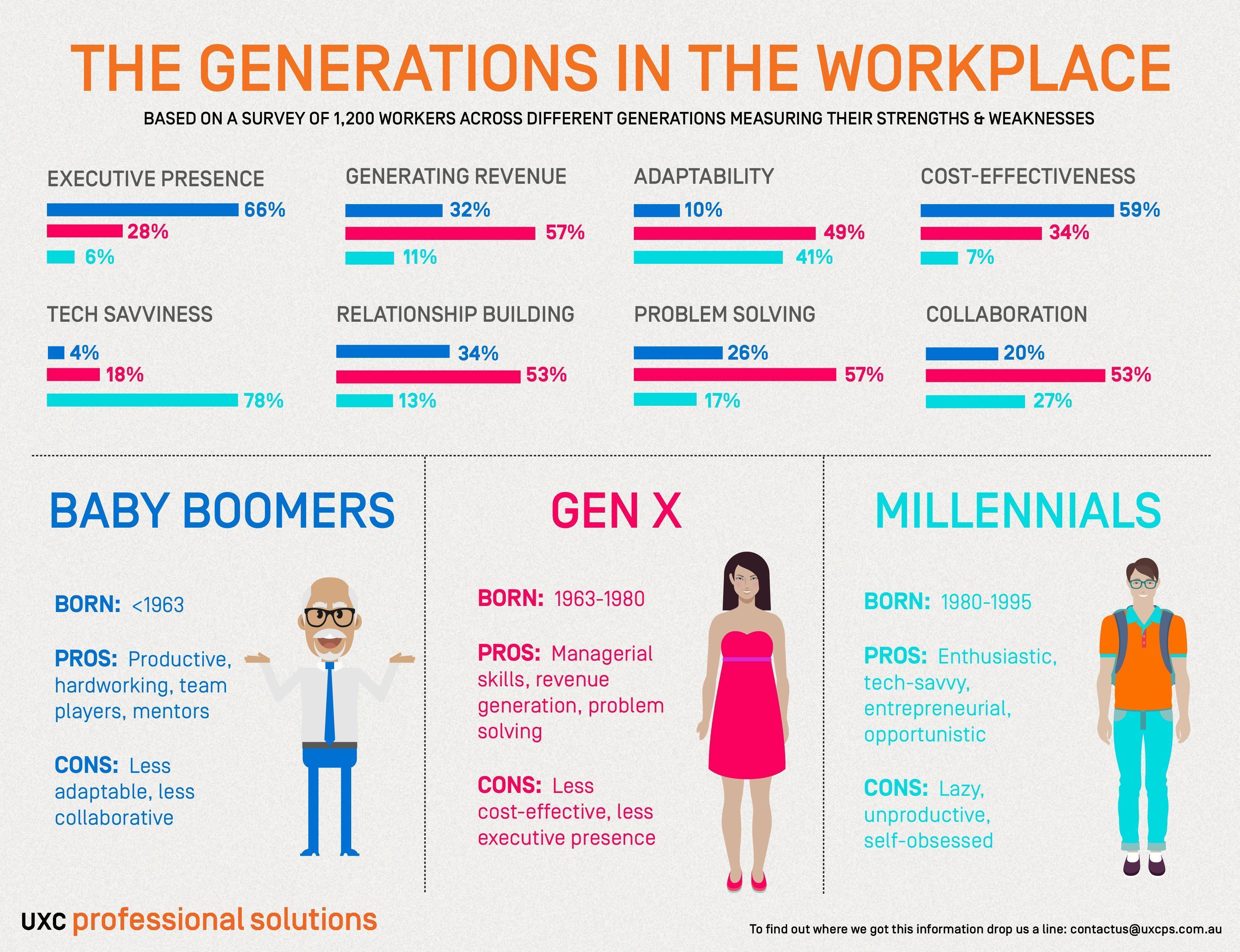

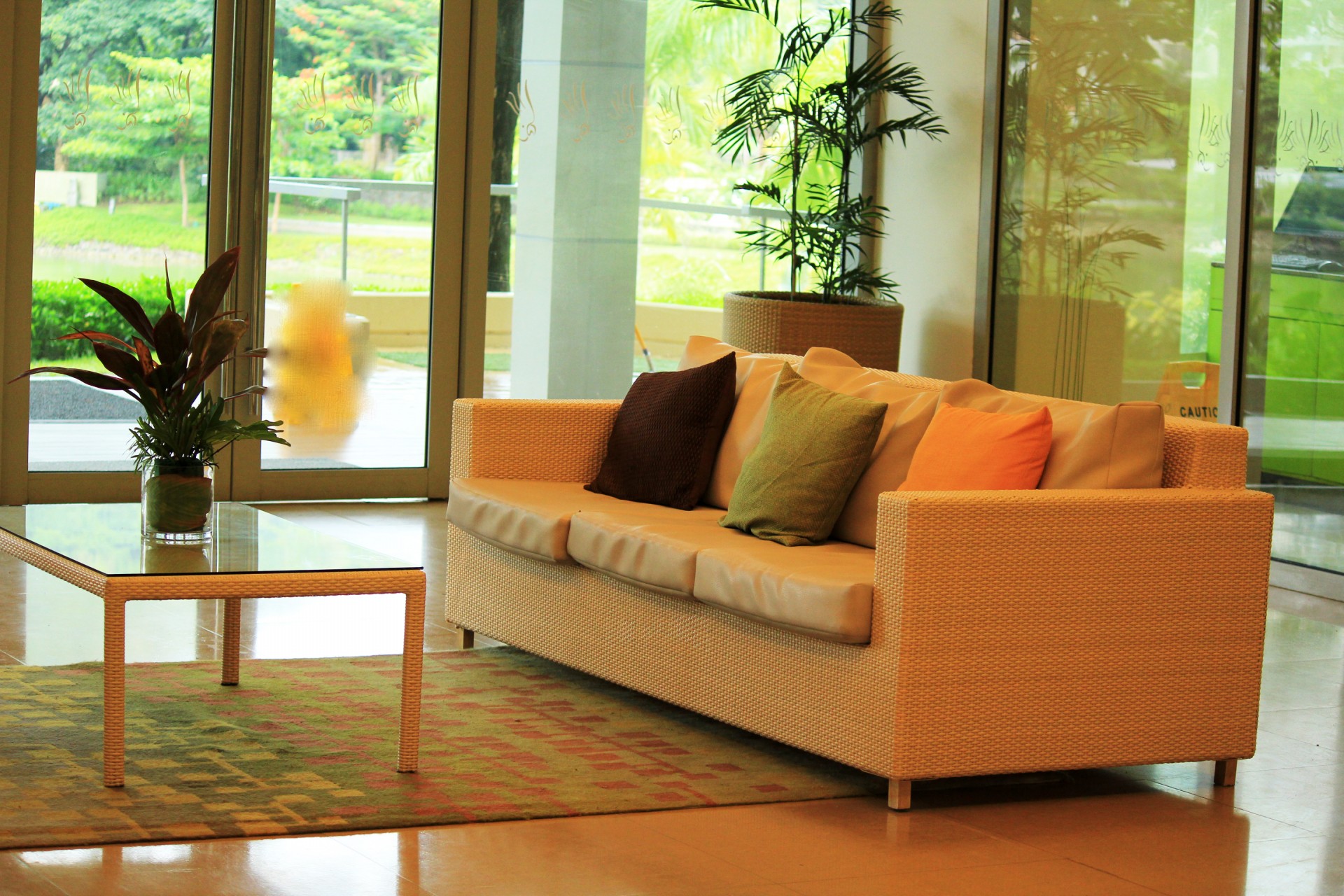
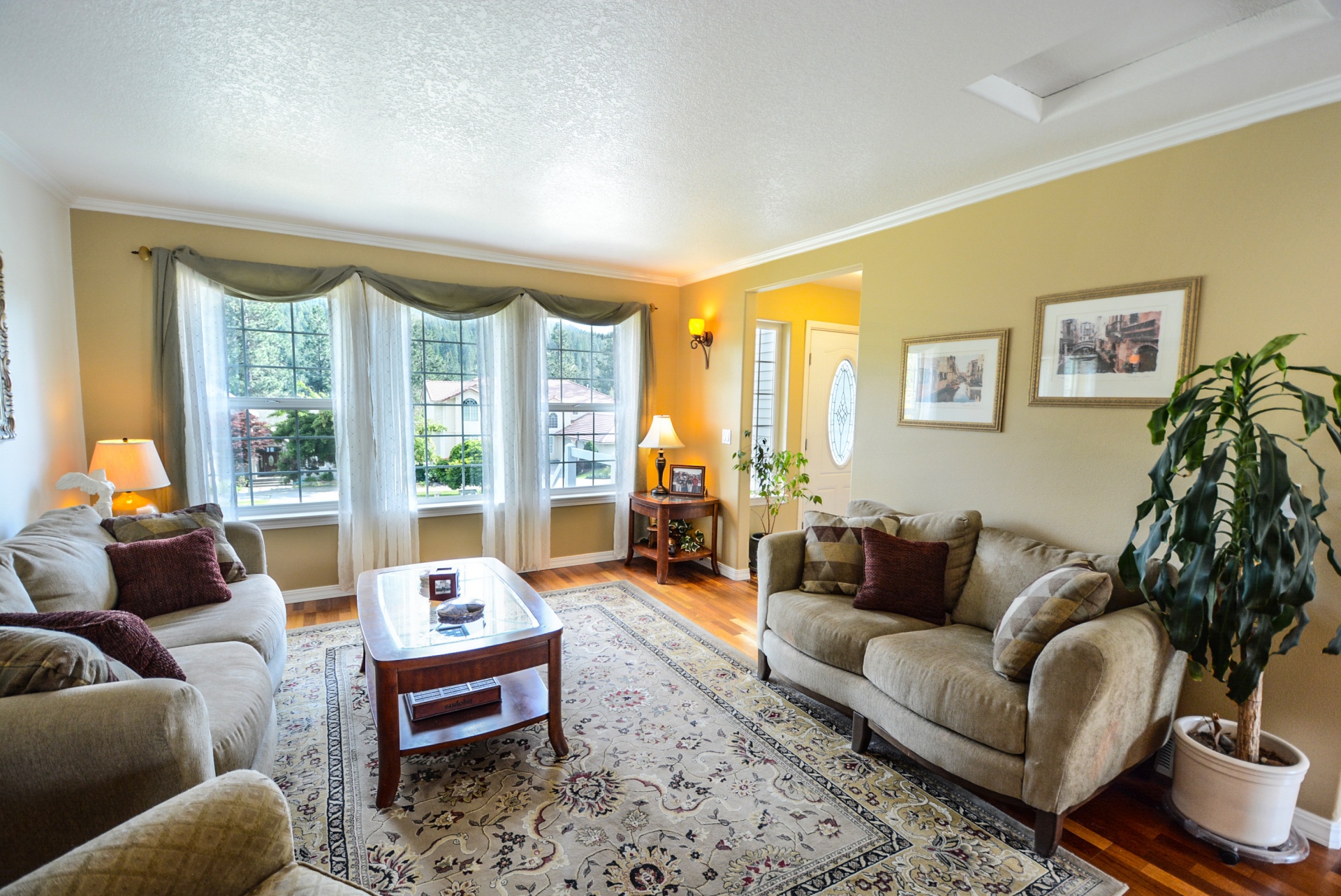




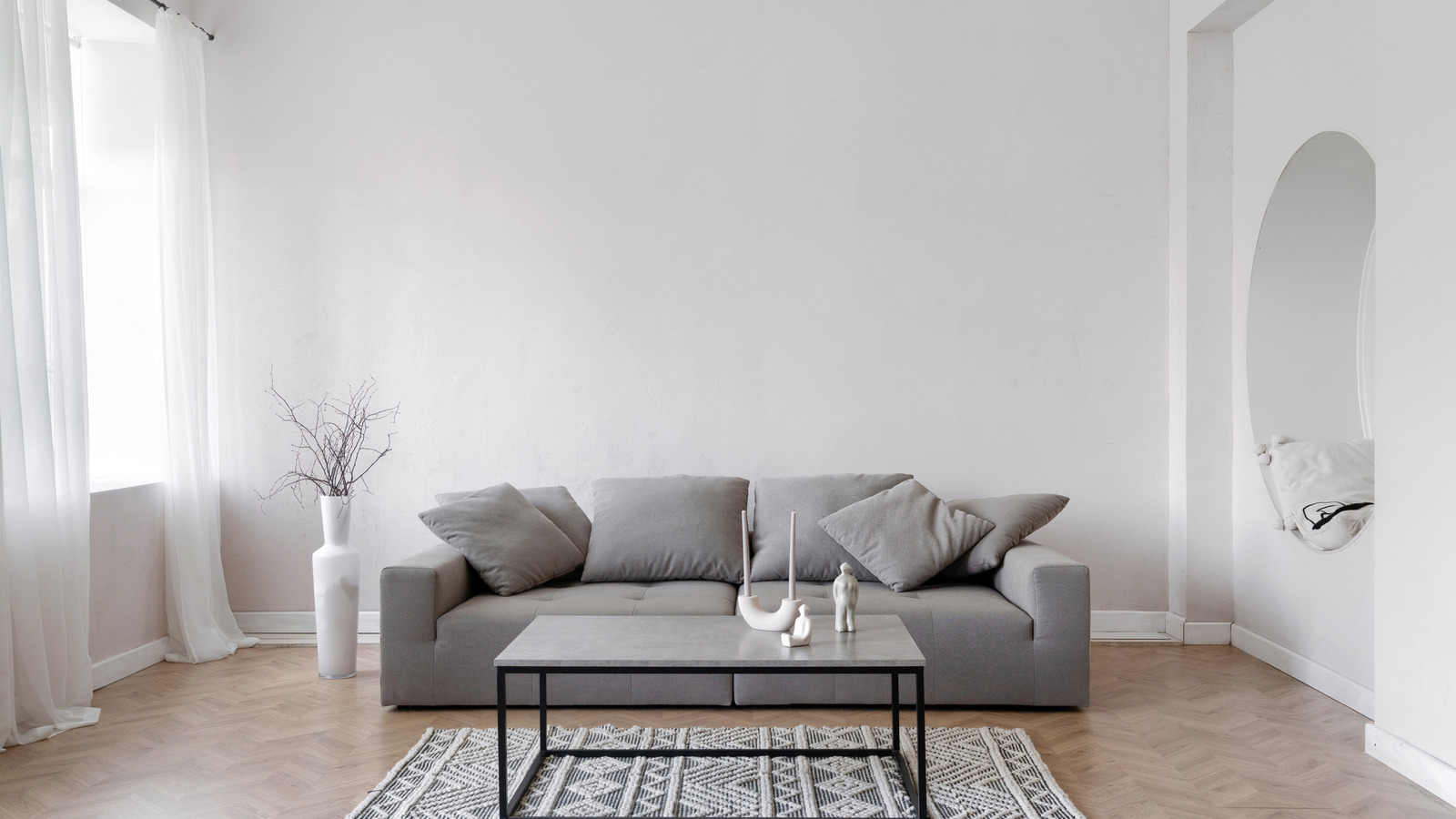

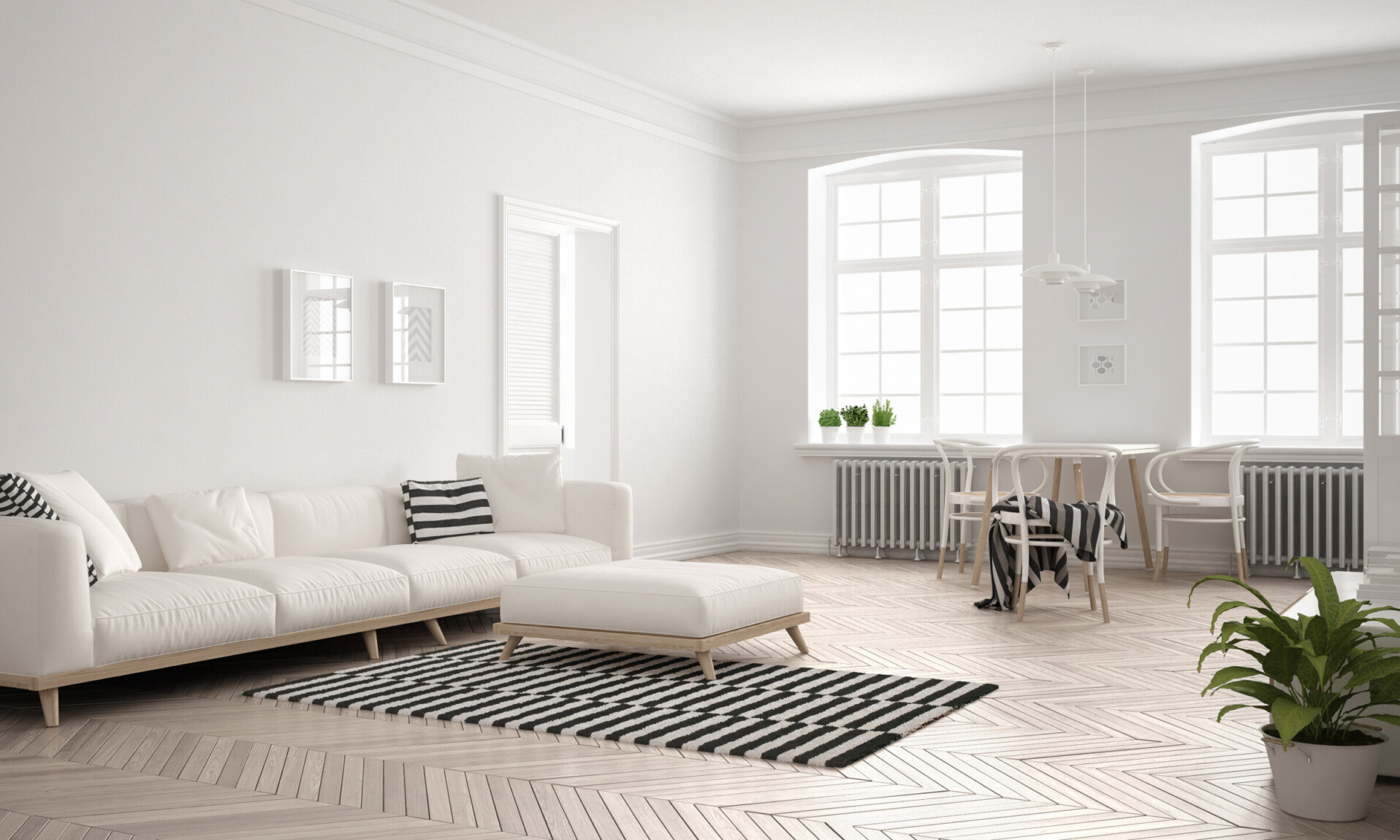




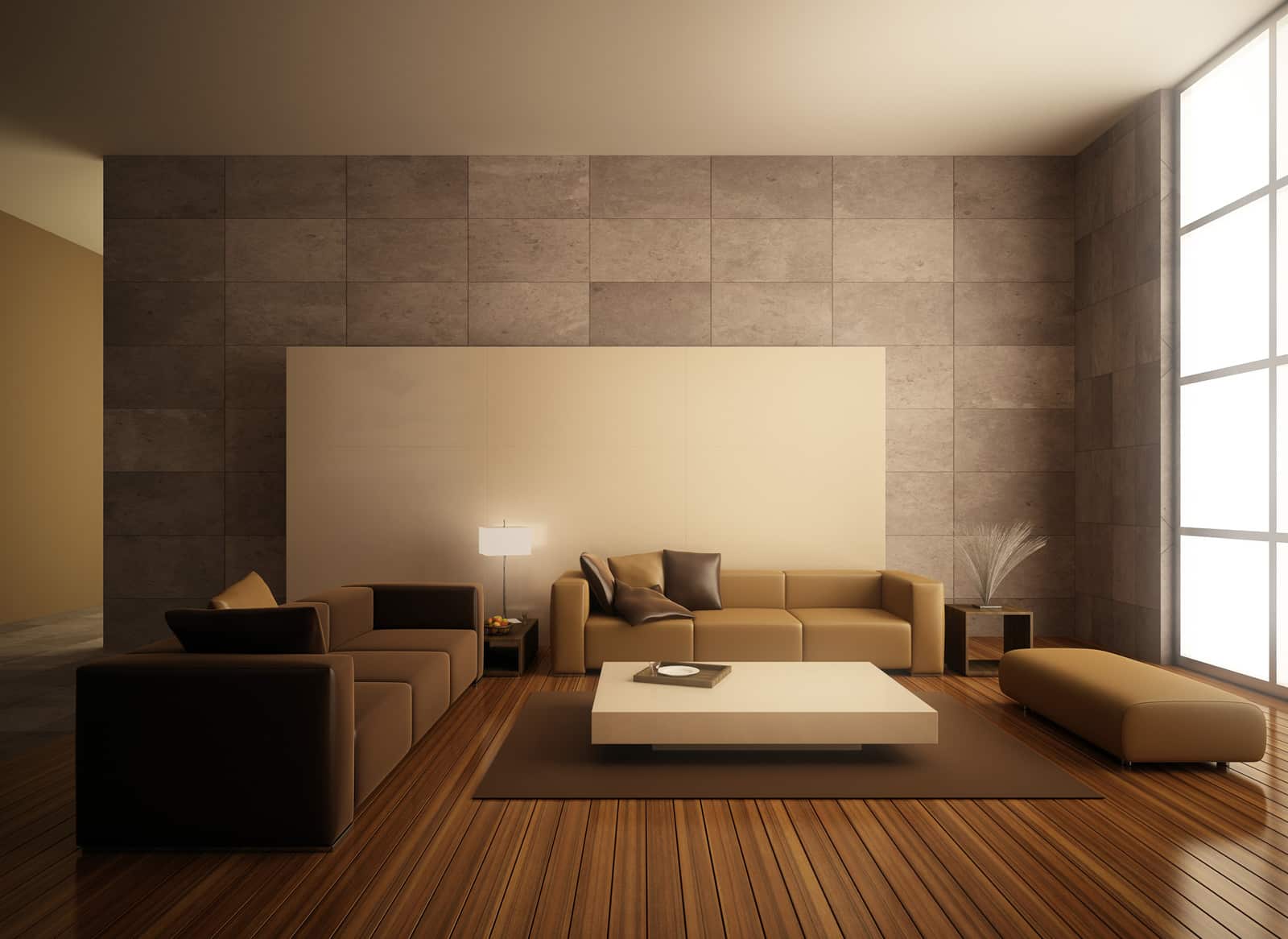
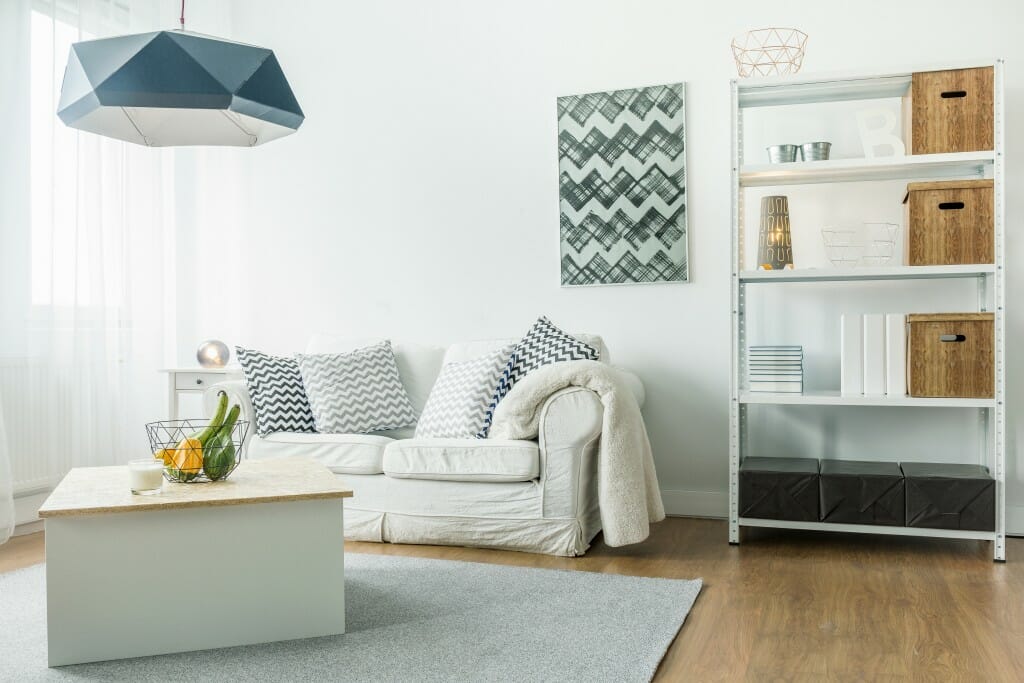
/Bespoke_Only_Pier_House_Living_Room_030-efd741a92b7d45558499dc312e62eac3.jpg)














